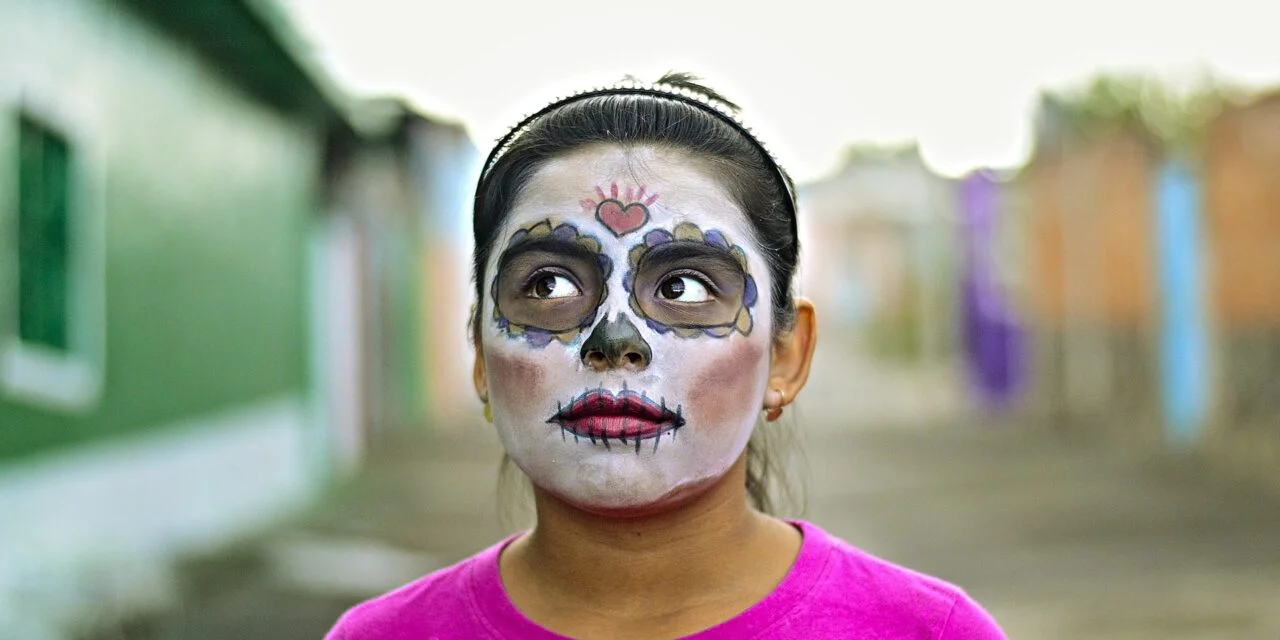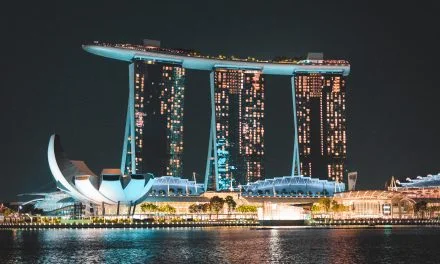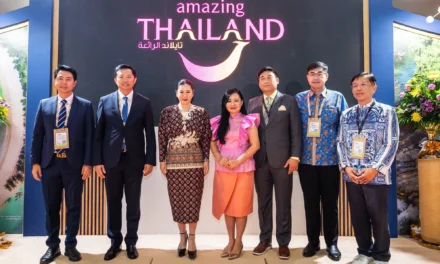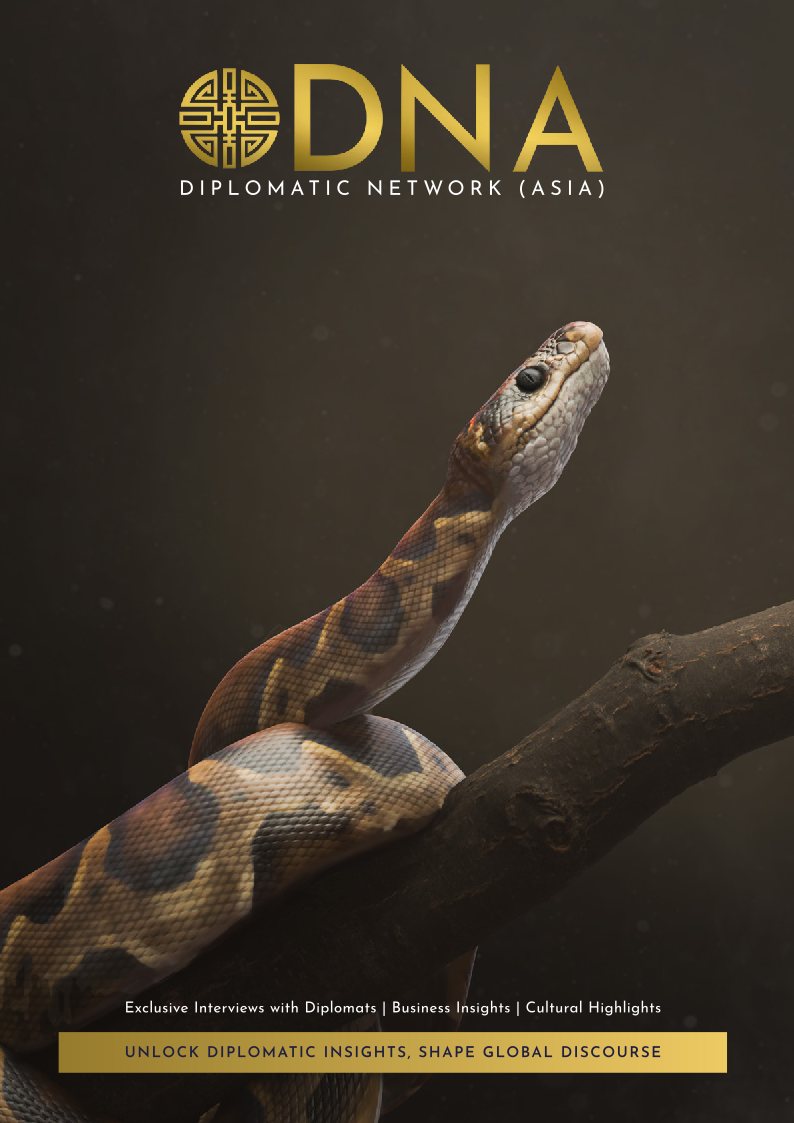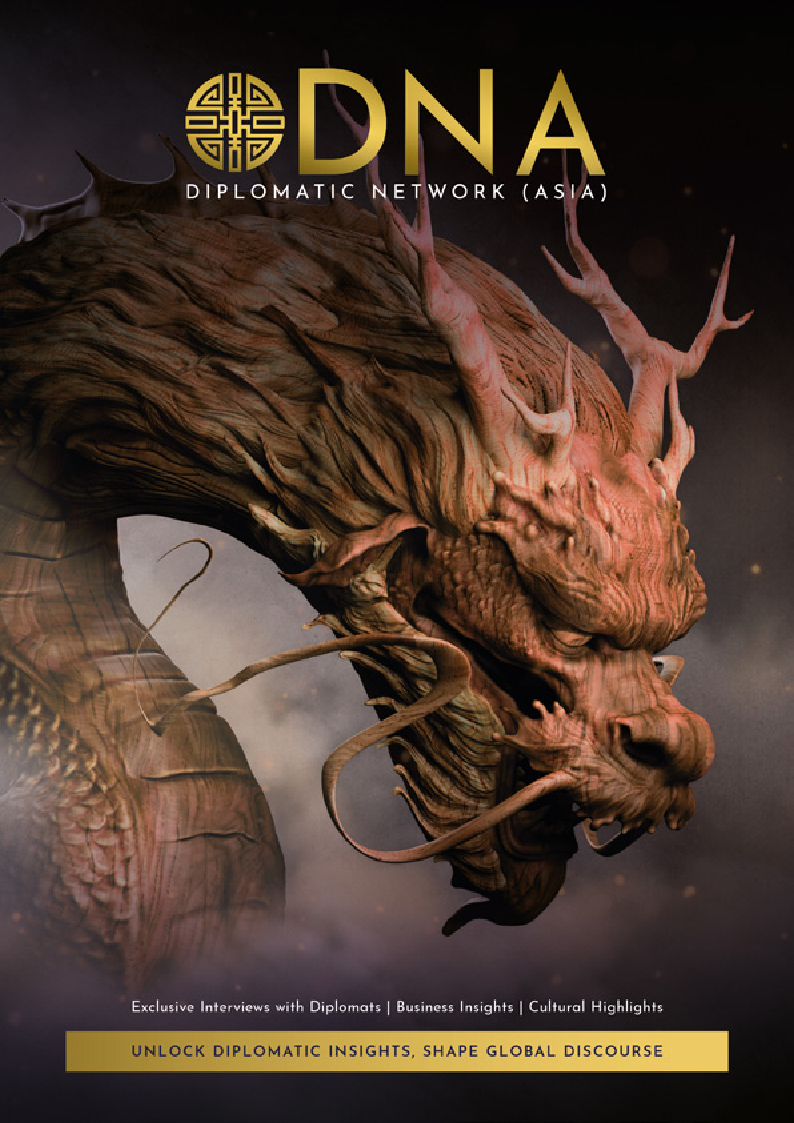Dia de los Muertos, or the Day of the Dead, is a Mexican holiday and cultural celebration that focuses on honoring and remembering deceased loved ones.
The celebration, which is recognised by UNESCO as an Intangible Cultural Heritage of Humanity, takes place over the first two days of November.
Origins of Day of the Dead


The origins of Day of the Dead extend beyond Mexico, taking place at the same time as the Catholic holidays of All Saints’ Day and All Souls’ Day. These roots intertwine with pre-Columbian indigenous traditions that have been influenced by Spanish culture.
To be more specific, Day of the Dead has developed out of indigenous Mesoamerican traditions, particularly the Aztec, Toltec, and Nahua peoples, as well as Catholicism since the Spanish colonisation of Mexico.
Over the two days, it is believed that the departed can cross over into the realm of the living. They are then greeted with altars adorned with lights, food, flowers, photographs, and artistic tributes.
These “Ofrendas,” or altars, are core to the celebration. Families construct these altars in their homes usually using marigold flowers, candles, sugar skulls, and the favorite foods and possessions of the departed. These altars act as a symbolic space for the spirits to revisit and be remembered.
The sugar skulls, known as “calaveras”, have become emblematic of the celebration to global audiences. Not only are these skulls used as adornments, but people paint their faces in a skull-like fashion during fiestas which echo around communal spaces, like town centers.
Additionally, families often gather at cemeteries to clean and pay respect to the graves of their ancestors.
Philisophical significance
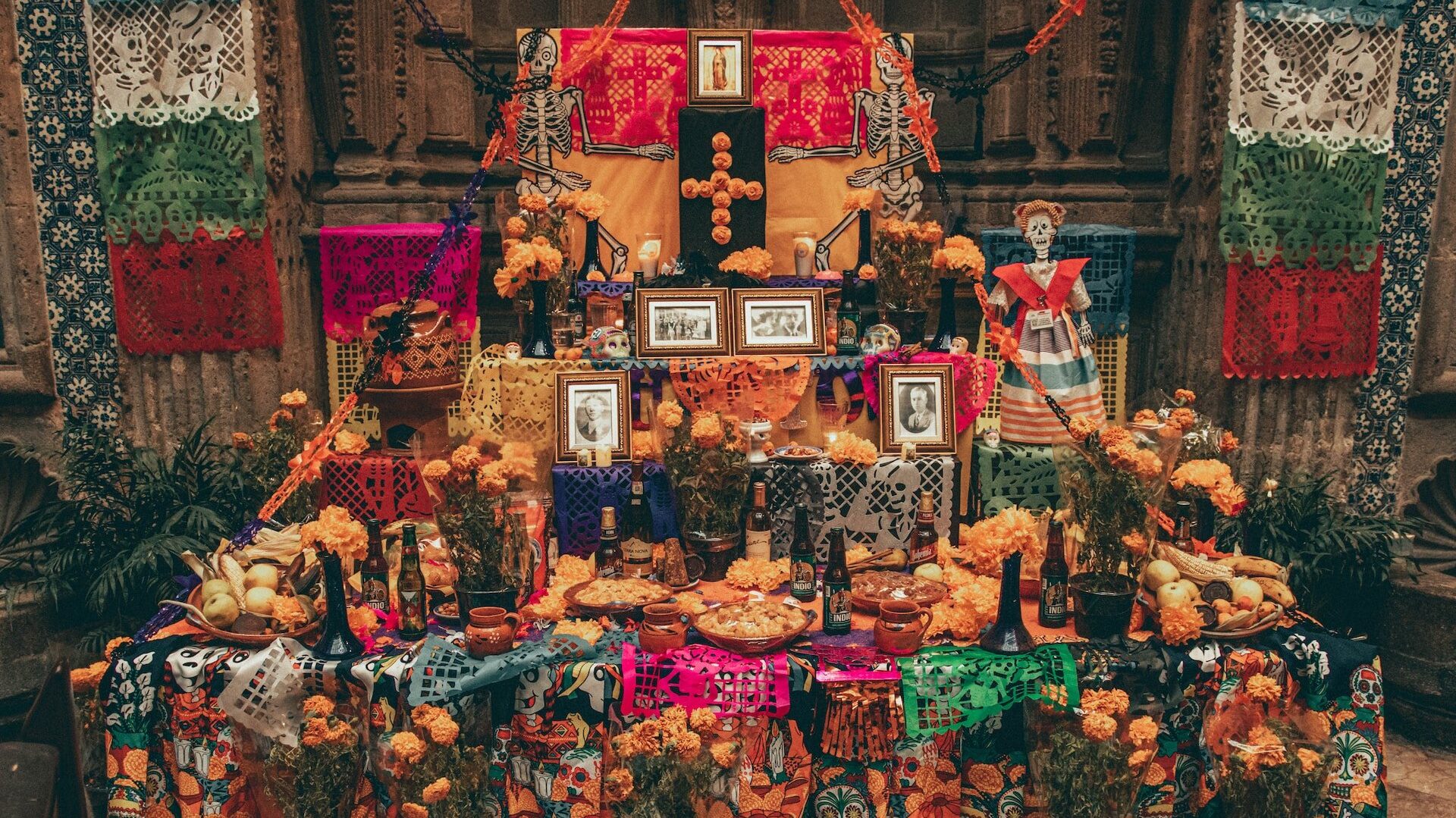
From a more philosophical standpoint, Dia de los Muertos emphasises the acceptance of death as an intrinsic part of human existence, rather than being a solely somber occasion – hence the fiestas.
Through artistic expressions, music, culinary traditions, and familial gatherings, it underscores the significance of preserving a connection with the deceased and honouring their memory whilst also bringing together families and communities.
While Dia de los Muertos is distinctly Mexican, there are similar celebrations in various cultures globally:
Obon Festival in Japan
The Japanese Obon Festival is a Buddhist observance that rejoices in the return of spirits of the dead to the realm of the living. This event is characterized by lantern lighting, visits to graves, and mesmerizing traditional dance performances.
Qingming Festival in China
Across China, the Qingming Festival, also known as Tomb-Sweeping Day, is a deeply rooted tradition where families gather to visit the graves of their ancestors. During this observance, families pay homage to their departed loved ones by visiting their tombs, where they offer food, drinks, and monetary tributes. In addition to these offerings, some families engage in caretaking activities like tending to the graves by sweeping the area and clearing away weeds.
Gai Jatra in Nepal
Nepal’s Gai Jatra festival offers solace to bereaved families as they navigate the challenging terrain of loss. This celebration involves a procession of people adorned in costumes and masks, all coming together to honor the memory of loved ones who died the preceding year.
Famadihana in Madascar
Famadihana, also known as the “Turning of the Bones,” is a traditional practice in Madagascar where the remains of deceased family members are exhumed and rewrapped in new burial cloths during a communal ceremony. This unique tradition is rooted in the belief that by periodically repositioning the bones, the spirits of the deceased are able to continue their journey in the afterlife.
Embracing celebrations of death
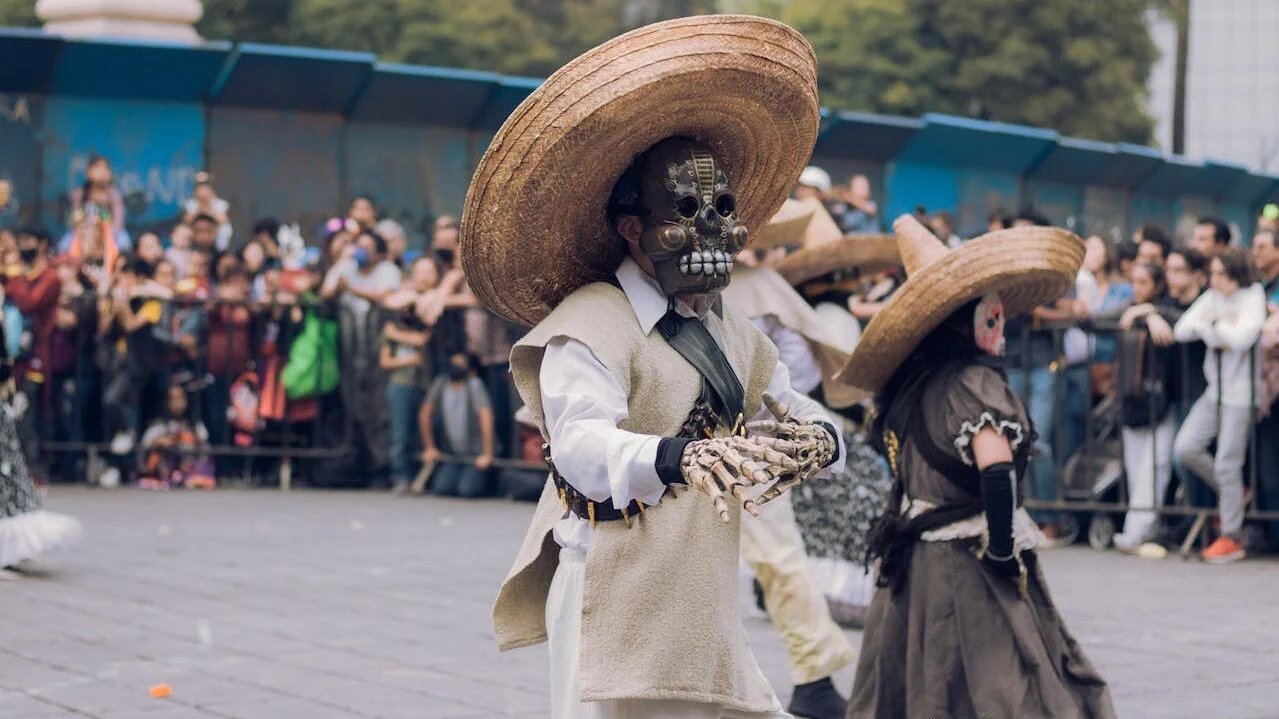
By embracing cultural celebrations of death, like Dia de los Muertos, we are provided with a powerful framework for understanding and confronting our own mortality.
Although death can be a great cause of anxiety, which sprouts from the seeds of our finite time on this earth, it can be a great power for communion.
These traditions encourage us to see death as not an end, but a continuation of the human journey. They can help us connect with those who are alive and inspire gratitude for being able to do so.
They demonstrate that even in the face of loss, there can be beauty, joy, and a deep appreciation for the richness of life.
In this way, these celebrations help us navigate the complexities of mortality with grace, resilience, and a deeper understanding of what it means to be human.

